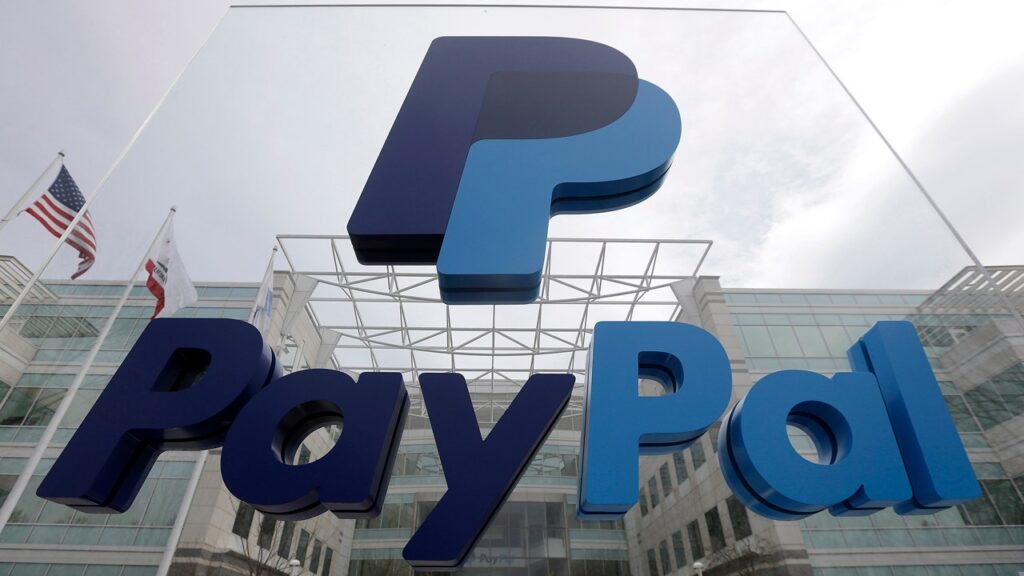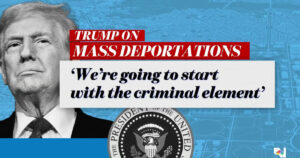“Reminder: You’ve still got a money request!” That was the subject line of the messages flooding my husband Barry’s inbox for weeks. The first couple were concerning, then it was just downright annoying.
Enter to win a $500 Amazon gift card. No purchase required.
He’s not the only one getting them; there’s a sneaky scam going around that looks totally legit — because it actually comes from PayPal.
Let’s take a closer look at how it works so you don’t fall for it.
DON’T SCAM YOURSELF WITH THE TRICKS HACKERS DON’T WANT ME TO SHARE
Here’s how it goes down
Lucky for us, scammers use the same tricks. This one is getting common enough, it’s easy to spot if you’re careful.
First, you receive an invoice via PayPal. It might say something like, “Payment due for a purchase” or tell you a payment was processed due to a technical error.
It looks real because it was sent through PayPal’s platform. They hope you’ll panic and act without thinking. PayPal is a trusted platform, so when you see their logo and familiar format, it’s easy to let your guard down.

A woman is pictured using a phone. (iStock )
Related: Don’t fall for it! Hackers are trying to get you to scam yourself
It’s a bogus invoice, of course
PayPal allows anyone with an account to send an invoice, which scammers exploit to make it seem legit.
In the invoice notice is a phone number you can call for support. It’s listed as PayPal’s number, but it’s someone ready to steal your money and info. All the scam emails I’ve reviewed had different numbers attached.
12 EASY, TECHY WAYS TO MAKE THE HOLIDAY SMOOTHER
Calling the fake support number is the worst thing you can do. The scammer might ask for your login details or payment card information to ‘resolve the issue.’ In some cases, they’ll install malware on your device, stealing passwords and financial details in the background.”
Related:
How to spot and stop it

This March 10, 2015, file photo, shows signage outside PayPals headquarters in San Jose, Calif. (AP Photo/Jeff Chiu, File)
PayPal will never send invoices for random purchases you didn’t authorize. If something seems off, trust your instincts and double-check before taking action.
- Check the details: Look at the sender’s email and transaction history. If it’s not a company or person you recognize, it’s likely a scam.
- Double-check the invoice recipient: That’s another glaring red flag in this case. All the emails I saw had someone other than my husband listed in small text at the top. Look carefully.
- Don’t call any of the phone numbers listed: This is smart with any strange invoice, call, document, email, text, whatever. Don’t use contact info that’s included. Go to the official website to find it.
I looked this one up for you: PayPal’s real support number is 1-888-221-1161. They take calls from 6 a.m. to 6 p.m. PT every day.
THIS CRIME SHOT UP 400% — HOW TO PROTECT YOURSELF
When in doubt, your best bet is to contact customer service. They’re much more familiar with scam patterns then most regular folks since they see them day in and day out. Plus, they can look into your account to tell you what is a legitimate request and what’s not.
If you’re sure the invoice is fake, delete it. But first …
Report it to PayPal. Consider this your good deed of the day. Reporting scams doesn’t just help you — it helps everyone. When you flag fake invoices to PayPal, their team can track patterns, shut down scammers’ accounts and warn others about similar tactics.
- Log in to your PayPal account, then visit the Resolution Center, where you can report suspicious invoices.
- Even easier, forward the email to phishing@paypal.com to alert their security team.
Related: 3 immediate steps to take if you fell for a scam

A person is pictured holding a stack of twenty-dollar bills. (iStock)
Lock down your account for extra security
If you don’t have two-factor authentication set up, don’t wait. It only takes a minute. Now you’ll get a code when you log in. Annoying? A little. But it’s worth the extra step on any account tied to your finances.
- Log in to your PayPal account on a browser. Click the Settings icon > Security > 2-step verification. You can use an authenticator app or receive codes as text messages. Pro tip: An authenticator app is the more secure option.
- Follow the on-screen directions to finish up.
Scams like this are sneaky, but they’re easy to spot if you know what to look for. Share this with your friends and family so they don’t fall for it.
CLICK HERE TO GET THE FOX NEWS APP
Get tech-smarter on your schedule
Award-winning host Kim Komando is your secret weapon for navigating tech.
Copyright 2025, WestStar Multimedia Entertainment. All rights reserved.













